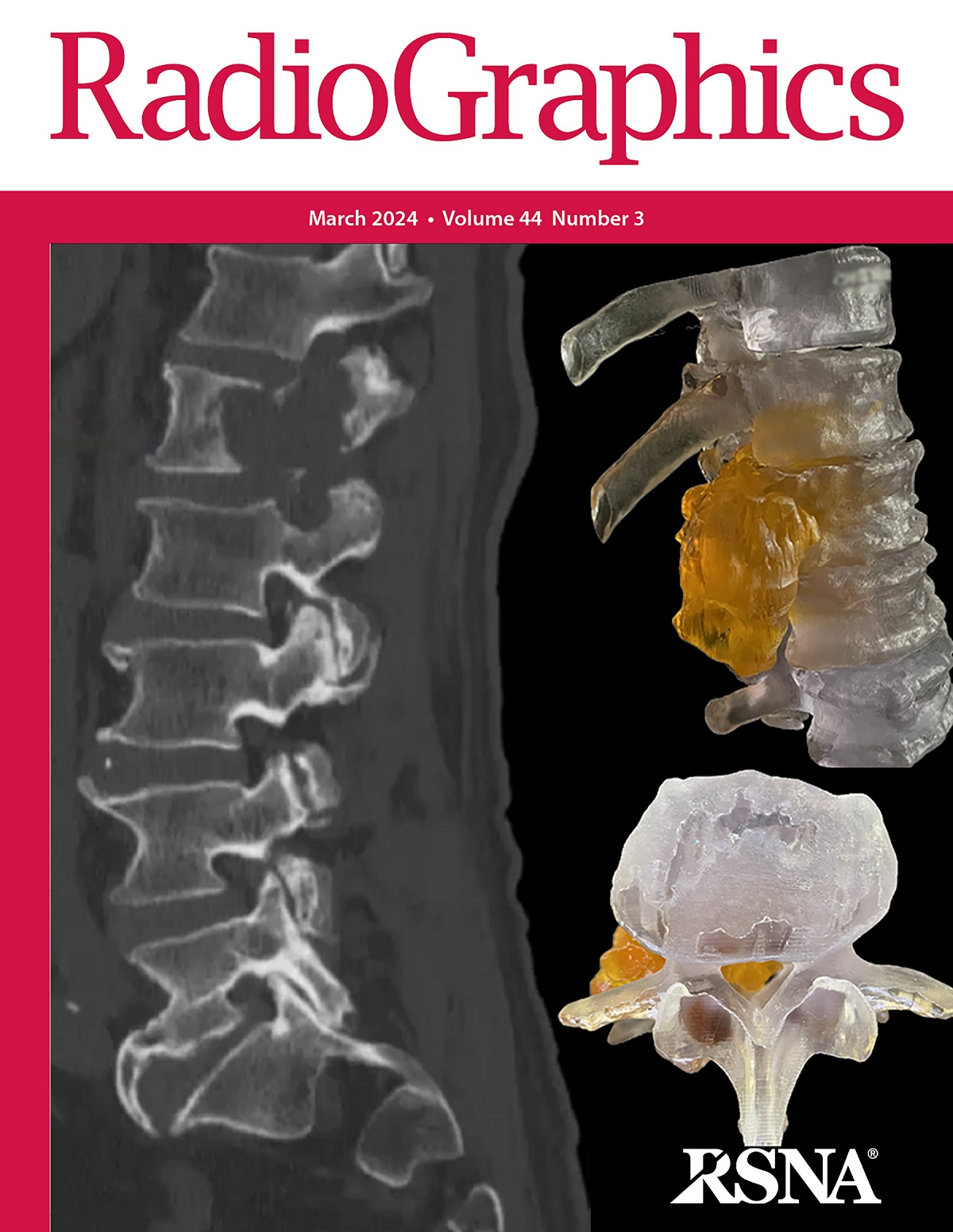求助PDF
{"title":"听力损失评估:了解听力测试,完善图像解读。","authors":"William T Malouf,Meagan P Bachmann,Nuwan T Meegalla,Daniel J Kirse,Eleanor P Kiell,Michele M Gandolfi,Pedrom C Sioshansi,Kevin D Hiatt,Paul M Bunch","doi":"10.1148/rg.240018","DOIUrl":null,"url":null,"abstract":"The standard of reference for diagnosing and characterizing hearing loss is audiologic testing. The results of audiologic testing inform the imaging algorithm and the differential diagnosis for the underlying cause. Pure-tone audiometry tests the ability to hear tones across different frequencies, and the results are displayed as an audiogram. Tympanometry measures tympanic membrane compliance as a function of pressure to generate a tympanogram. Acoustic reflex testing helps differentiate third window lesions from other causes of conductive hearing loss. Clinical and audiologic assessment of sensorineural hearing loss helps in differentiating cochlear from retrocochlear causes. Symmetrical sensorineural hearing loss is typical of cochlear disease. Asymmetry increases the likelihood of a retrocochlear lesion, the most common of which among adults is vestibular schwannoma. Unlike patients with sensorineural hearing loss, who commonly have normal imaging studies, patients with conductive hearing loss are expected to have abnormal temporal bone CT studies. By incorporating the results of audiologic testing into their evaluation, radiologists can perform a more informed and more intentional search for the structural cause of hearing loss. The authors describe several audiogram configurations that suggest specific underlying mechanisms of conductive hearing loss. By providing a practical and accessible summary of the basics of audiologic testing, the authors empower the radiologist to leverage relevant clinical information and audiologic test results to interpret temporal bone imaging more confidently and more accurately, particularly temporal bone CT in the setting of conductive hearing loss. ©RSNA, 2024.","PeriodicalId":54512,"journal":{"name":"Radiographics","volume":"196 1","pages":"e240018"},"PeriodicalIF":5.2000,"publicationDate":"2024-10-01","publicationTypes":"Journal Article","fieldsOfStudy":null,"isOpenAccess":false,"openAccessPdf":"","citationCount":"0","resultStr":"{\"title\":\"Evaluation of Hearing Loss: Understanding Audiologic Testing to Refine Image Interpretation.\",\"authors\":\"William T Malouf,Meagan P Bachmann,Nuwan T Meegalla,Daniel J Kirse,Eleanor P Kiell,Michele M Gandolfi,Pedrom C Sioshansi,Kevin D Hiatt,Paul M Bunch\",\"doi\":\"10.1148/rg.240018\",\"DOIUrl\":null,\"url\":null,\"abstract\":\"The standard of reference for diagnosing and characterizing hearing loss is audiologic testing. The results of audiologic testing inform the imaging algorithm and the differential diagnosis for the underlying cause. Pure-tone audiometry tests the ability to hear tones across different frequencies, and the results are displayed as an audiogram. Tympanometry measures tympanic membrane compliance as a function of pressure to generate a tympanogram. Acoustic reflex testing helps differentiate third window lesions from other causes of conductive hearing loss. Clinical and audiologic assessment of sensorineural hearing loss helps in differentiating cochlear from retrocochlear causes. Symmetrical sensorineural hearing loss is typical of cochlear disease. Asymmetry increases the likelihood of a retrocochlear lesion, the most common of which among adults is vestibular schwannoma. Unlike patients with sensorineural hearing loss, who commonly have normal imaging studies, patients with conductive hearing loss are expected to have abnormal temporal bone CT studies. By incorporating the results of audiologic testing into their evaluation, radiologists can perform a more informed and more intentional search for the structural cause of hearing loss. The authors describe several audiogram configurations that suggest specific underlying mechanisms of conductive hearing loss. By providing a practical and accessible summary of the basics of audiologic testing, the authors empower the radiologist to leverage relevant clinical information and audiologic test results to interpret temporal bone imaging more confidently and more accurately, particularly temporal bone CT in the setting of conductive hearing loss. ©RSNA, 2024.\",\"PeriodicalId\":54512,\"journal\":{\"name\":\"Radiographics\",\"volume\":\"196 1\",\"pages\":\"e240018\"},\"PeriodicalIF\":5.2000,\"publicationDate\":\"2024-10-01\",\"publicationTypes\":\"Journal Article\",\"fieldsOfStudy\":null,\"isOpenAccess\":false,\"openAccessPdf\":\"\",\"citationCount\":\"0\",\"resultStr\":null,\"platform\":\"Semanticscholar\",\"paperid\":null,\"PeriodicalName\":\"Radiographics\",\"FirstCategoryId\":\"3\",\"ListUrlMain\":\"https://doi.org/10.1148/rg.240018\",\"RegionNum\":1,\"RegionCategory\":\"医学\",\"ArticlePicture\":[],\"TitleCN\":null,\"AbstractTextCN\":null,\"PMCID\":null,\"EPubDate\":\"\",\"PubModel\":\"\",\"JCR\":\"Q1\",\"JCRName\":\"RADIOLOGY, NUCLEAR MEDICINE & MEDICAL IMAGING\",\"Score\":null,\"Total\":0}","platform":"Semanticscholar","paperid":null,"PeriodicalName":"Radiographics","FirstCategoryId":"3","ListUrlMain":"https://doi.org/10.1148/rg.240018","RegionNum":1,"RegionCategory":"医学","ArticlePicture":[],"TitleCN":null,"AbstractTextCN":null,"PMCID":null,"EPubDate":"","PubModel":"","JCR":"Q1","JCRName":"RADIOLOGY, NUCLEAR MEDICINE & MEDICAL IMAGING","Score":null,"Total":0}
引用次数: 0
引用
批量引用


